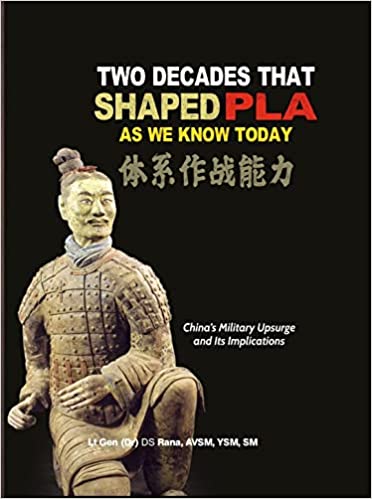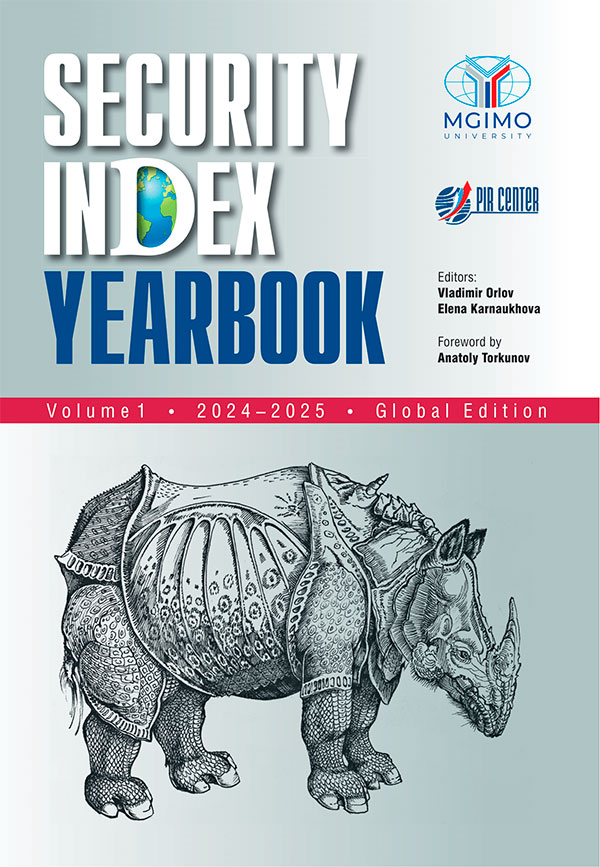... Vladimir Putin’s view, the new Eurasian (not even Asian) system should start with a dialogue between already existing organizations, such as the Russia-Belarus Union State, the Collective Security Treaty Organization (CSTO), the Eurasian Economic Union (EAEU), the Commonwealth of Independent States (CIS), and the Shanghai Cooperation Organization (SCO). Furthermore, other influential Eurasian associations from Southeast Asia to the Middle East should join this multilateral arrangement. One can mention ...
... West is significant. We absolutely do not know how the countries of the World Majority would behave in conditions where the USA and Europe launched an offensive against a weaker adversary: for example, against Iran or another country of a comparable ... ... and India - do not have the potential to create integration associations comparable in their degree of mutual openness to the EAEU. These are countries that, with few exceptions, do not have formal allies – they are the “lonely planets” of world ...
... open and inclusive, have a variable geometry and a huge potential for further development, coming from life. The SCO, BRICS and EAEU are vivid embodiments of this trend. They oppose the cumbersome military-political alliances inherited from the past, with ... ... ensure national security and the very survival of the state. The EWS in Ukraine shows that the use of force is induced by the refusal to fulfill obligations under signed international agreements, such as Minsk-2. That is, the international legal principle ...
... Disregarding the cases of Turkmenistan and Tajikistan, the mere membership of the EAEU was predetermined by the incidence of ethnic conflicts and the politics of the West to ensure cutting the GU(U)AM countries off integration with Russia.
Just south of the EAEU, during 16 years of occupation of Iraq, the USA has been stealing Iraqi national wealth without interruption. For days and nights, imposing tankers are being filled with Iraqi oil and transported to the USA with facilitation of the US Army and Navy. The US invasion cost at least a million of direct ...
Despite international security problems that overshadow Caucasus challenges, the region retains its independent significance
In late 2016, the Russian International Affairs Council published
The Evolution of the Post-Soviet Space: Past, Present and Future
, a major anthology attempting to conceptualise development trends in both domestic and foreign policies in the newly independent states that emerged after the collapse of the once-single state, the USSR. The Trans-Caucasus featured prominently...
... is fairly obvious. It is time to concentrate on implementing the concept of establishing a Greater Eurasia, the most natural and far-sighted today, combining the capacities of the two largest integration projects coexisting on our continent – the EAEU and the EU.
It is worth noting that the EU is taking certain steps in this direction, promoting the project called “Europe and Asia Connectivity”. But, alas, they take a “parochial view” on this very connectivity and “hog the limelight”,...
Russia needs to clearly define its long-term priorities and interests within the BRI
President of the People’s Republic of China Xi Jinping and President of the United States Donald Trump met on the sidelines of the G20 Summit in Osaka on June 29 to discuss the resumption of trade and economic talks between the two countries. The United States also promised that it would not introduce additional tariffs on Chinese goods. The world collectively breathed a sigh of relief, as the trade war between...
The Working Group on the Future of U.S.-Russia Relations’ Report
Central Asia stands out as a comparatively “nontoxic” region where there are limited, but not insignificant, opportunities for U.S.-Russia collaboration both bilaterally and within multilateral frameworks: in the space industry, civil security, job-creation mechanisms and rural human capital, and knowledge sharing for instance. Any proposal of U.S.-Russia cooperation in a concrete domain will have to be made in a tri- or-multipartite...
... strengthening of US bilateral relations with countries in the region and the fostering of multilateral cooperation. The most important aspect of the latter is the so-called Quad, designed to unite the four “democracies” of the Indo-Pacific region - the USA, Japan, Australia, and India. Attempts to create a Quad have been ongoing for many years now, and the administration of Donald Trump has created additional momentum, already achieving a moderate amount of success. All of this in spite of the generally ...
As a constant of history, the nation States are busy in trying to adapt to the highly unstable geo-strategic environment. As the countries pursue their national interests, new alliances are emerging and the global order is in a flux. Indian so-called strategic partnership with the U.S is an example in which New Delhi has latched on to Washington’s weakness to contain a rising China and resurgent Russia. In order to gain balance in Asia-Pacific region, the U.S. has formed an axis with India and has...



